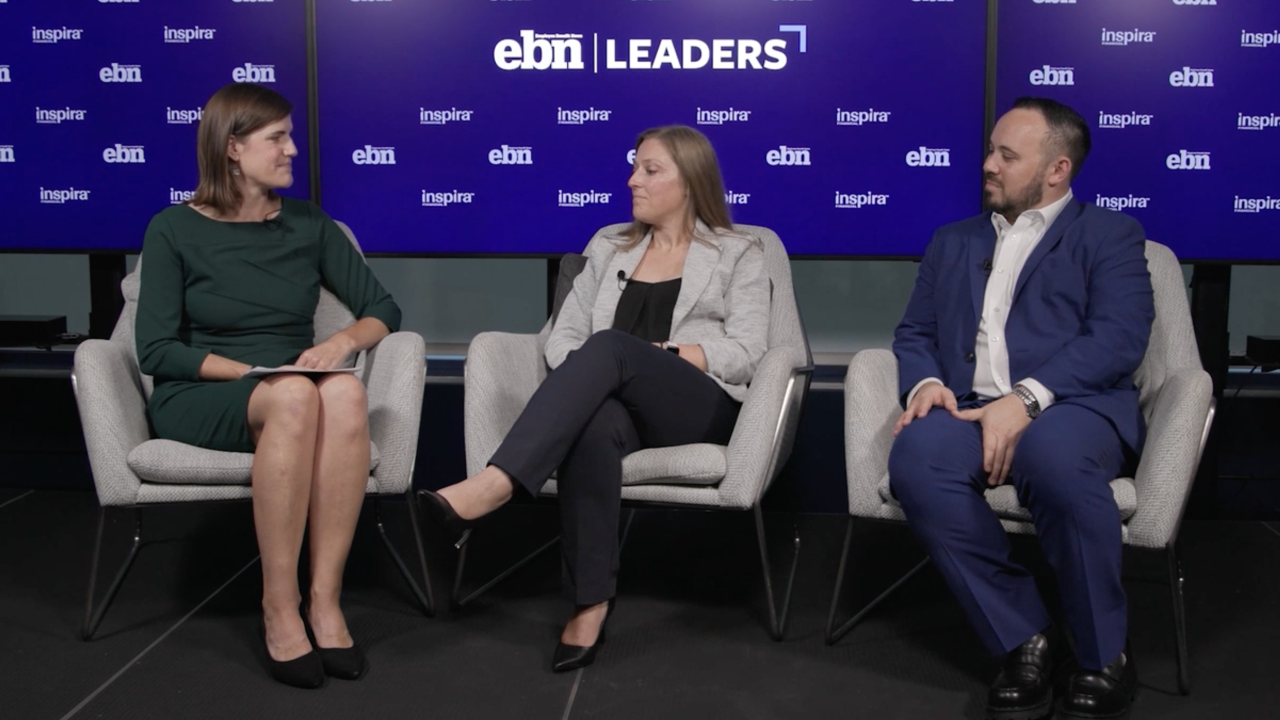Employers build
Nearly half of employees said they are confused by parts of their benefits plans in a recent survey by MetLife, while other studies place the number as high as 85%. An overwhelming amount of options is an issue for some, but 53% cite a
But before employers can change anything, they should first listen to what their employees actually want, says John Crable, SVP at insurance and employee benefits brokerage Corporate Synergies.
"List what you [as the employer] want to accomplish, list what's important to your population, then find out what you have," he says. "It may mean consolidating, it may mean eliminating or adding or replacing, but let's make sure we're delivering on that list."
Read more:
Here are five things to keep in mind if you want an impactful benefits package.






